There’s not much known about the Sun God Nika in One Piece. The legendary warrior’s actions are shrouded in mystery with his true origins yet to be revealed to the readers, thanks to the World Government hiding the Void Century’s history.
All we know is the slaves gave him the title of Sun God, he’s heavily tied to Elbaph’s folklore, and the Buccaneer race passed down his legend from father to son. One chapter cover of One Piece, however, might have subtly explained how Nika really earned his title.
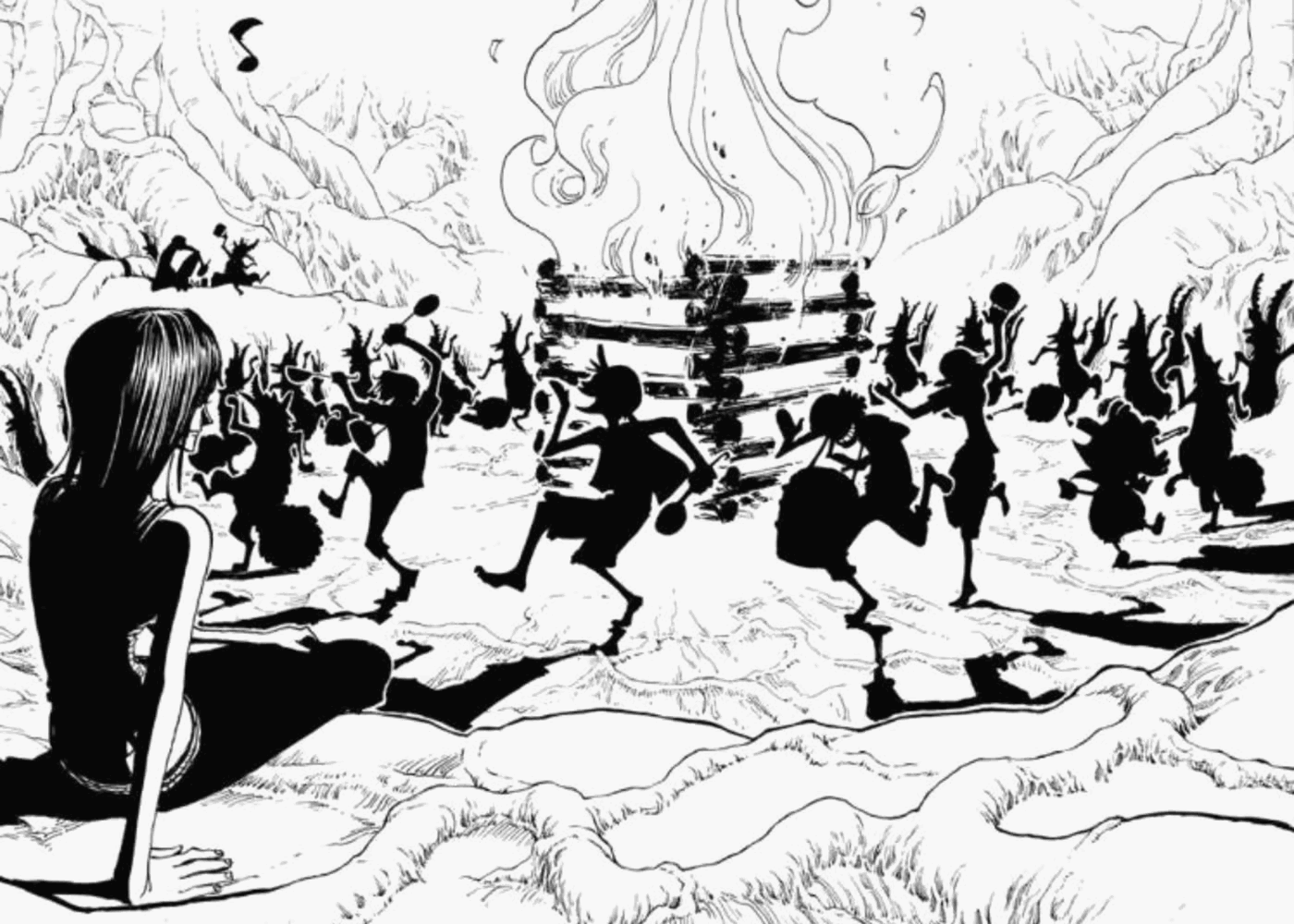 The Straw Hats doing Nika’s dance in the Skypiea Arc of One Piece. [Credit: Shueisha]
The Straw Hats doing Nika’s dance in the Skypiea Arc of One Piece. [Credit: Shueisha] In this new theory, the cover for Enel’s Great Space Operations, for Chapter 472, depicts the titular character staring at a mural after finally reaching the moon. Other than revealing his origins, this One Piece fan suggests it also foreshadowed Sun God Nika’s real origins and actions during the Void Century.
The origins of the theory: who are the Lunarians?
The mural Enel observes in the chapter cover art depicts 3 races in One Piece: Birkans, Shandians, and Skypeians. It chronicles their journey from the moon to the Blue Planet, as they call it, or just the world similar to Earth that we know in the story. However, there’s no documentation of the Lunarians but what’s curiously painted is the Mother Flame.
Now, there’s no solid proof the Lunarians were from the Moon but considering their name and similar appearance to the other 3 races, it’s safe to assume they were. Thus, the mural not depicting them was strange but perhaps Eiichiro Oda did this on purpose.
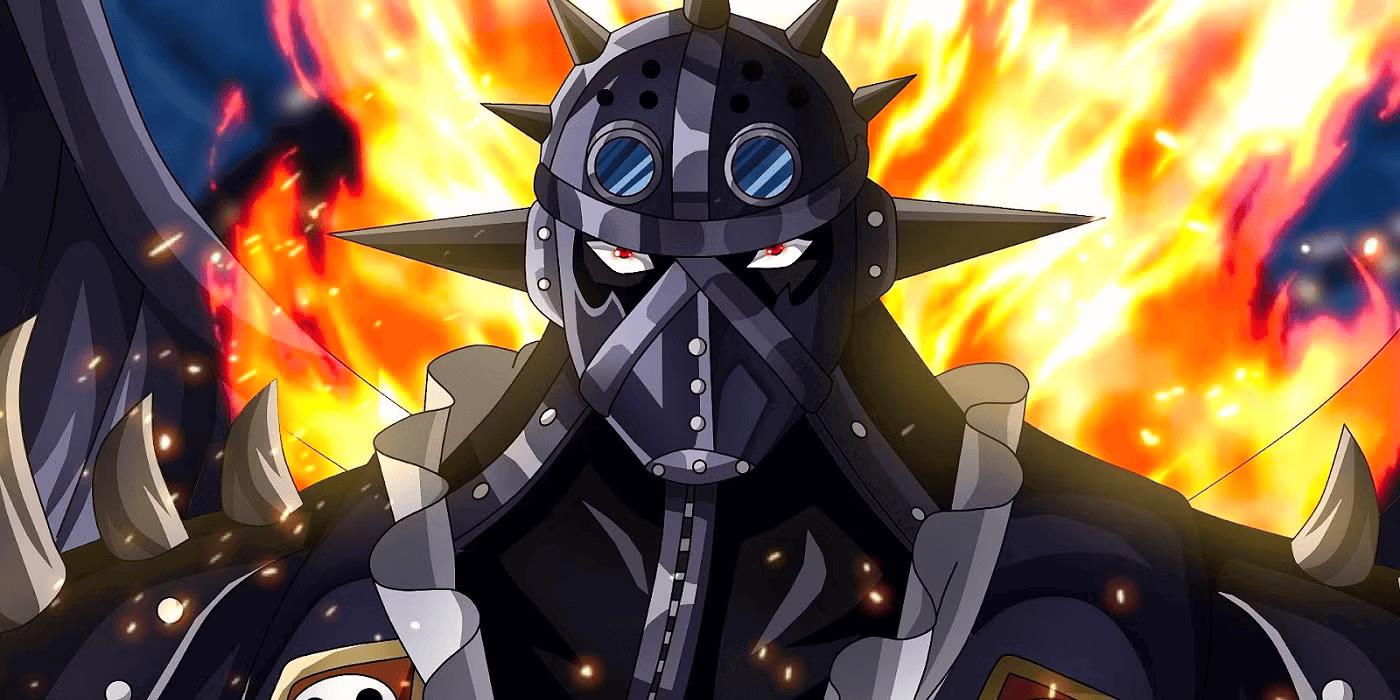 King from One Piece. [Credit: Toei Animation]
King from One Piece. [Credit: Toei Animation]A similar design to the Mother Flame was featured in the mural with no real explanation. However, what if the Lunarians were the original creators of the Mother Flame?
This theory considers King’s appearance and the eternal fire on his back, being one of the only living Lunarians after their near extinction. It doesn’t necessarily mean the Mother Flame and the Lunarian’s flames are the same, but it’s not impossible.
Sun God Nika helped create the Ancient Kingdom in One Piece at a great price
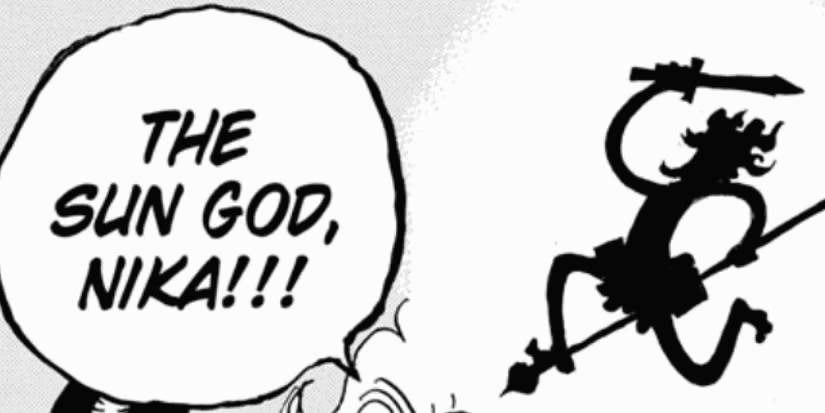 Who’s-Who talks about the Sun God Nika in One Piece. [Credit: Shueisha]
Who’s-Who talks about the Sun God Nika in One Piece. [Credit: Shueisha]What the theory implies is the Lunarians were a great threat when they descended to the One Piece world. It is assumed they tried to enslave people due to their powers, which might explain why the Fish Men had to hide underwater since fire wouldn’t be able to reach them. More than that, some fans also added that their flames might have been the fuel for the Ancient Weapons.
However, Sun God Nika, assuming he was possibly a Lunarian, defied his people and gave others the people of Earth parts of his flame. This would earn him the title of the Sun God, giving people the power of the sun. The Ancient Kingdom was then built on rebellion and freedom, fighting alongside Joy Boy.
Nika’s actions possibly led to the extinction of the Lunarians, fighting fire with fire, but if the deplorable actions of the Lunarians are proven to be true later on, he was possibly justified and his legacy remains untouched.
One Piece is available on Crunchyroll and VIZ Media.
.png)
 4 days ago
11
4 days ago
11
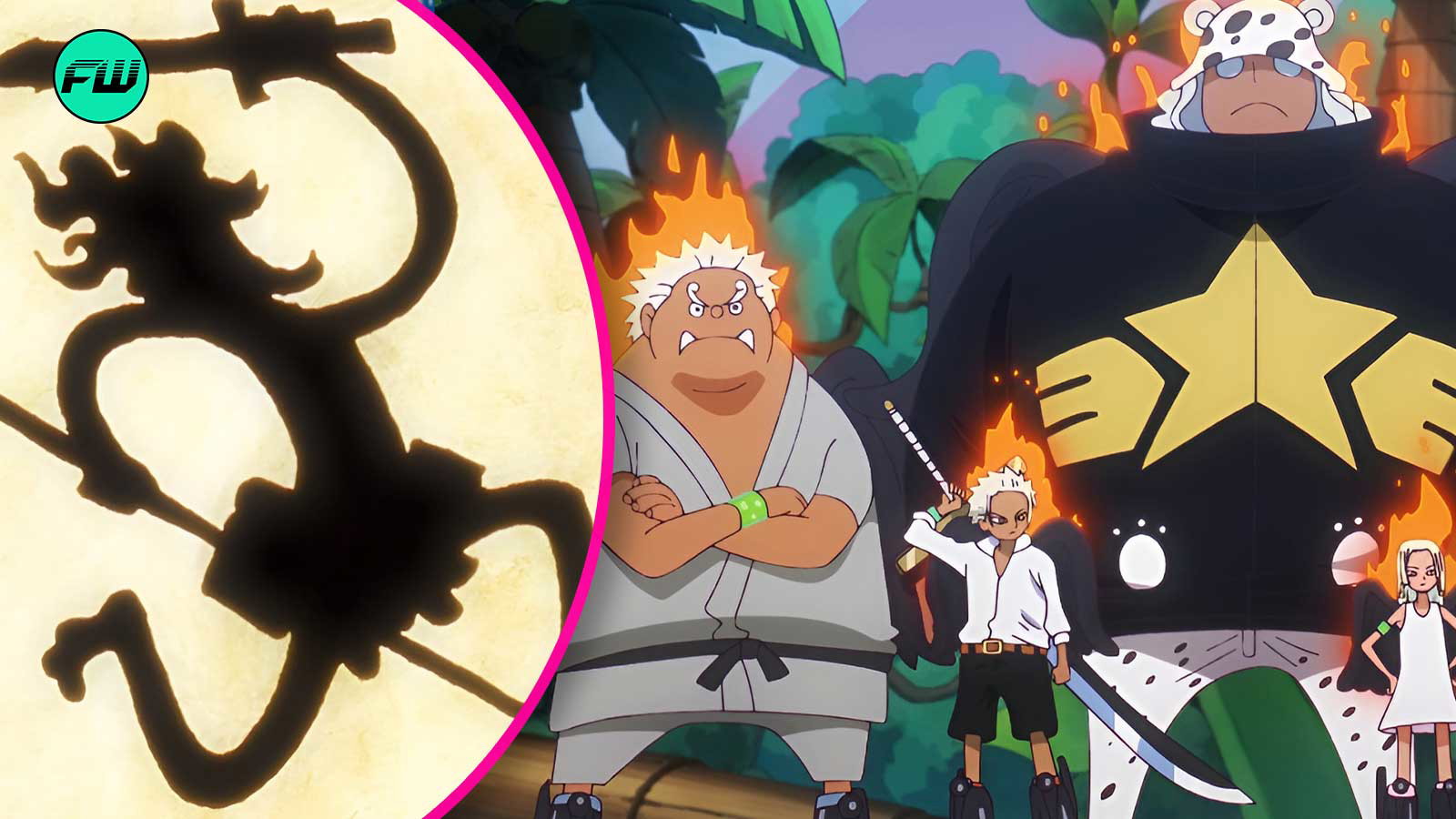

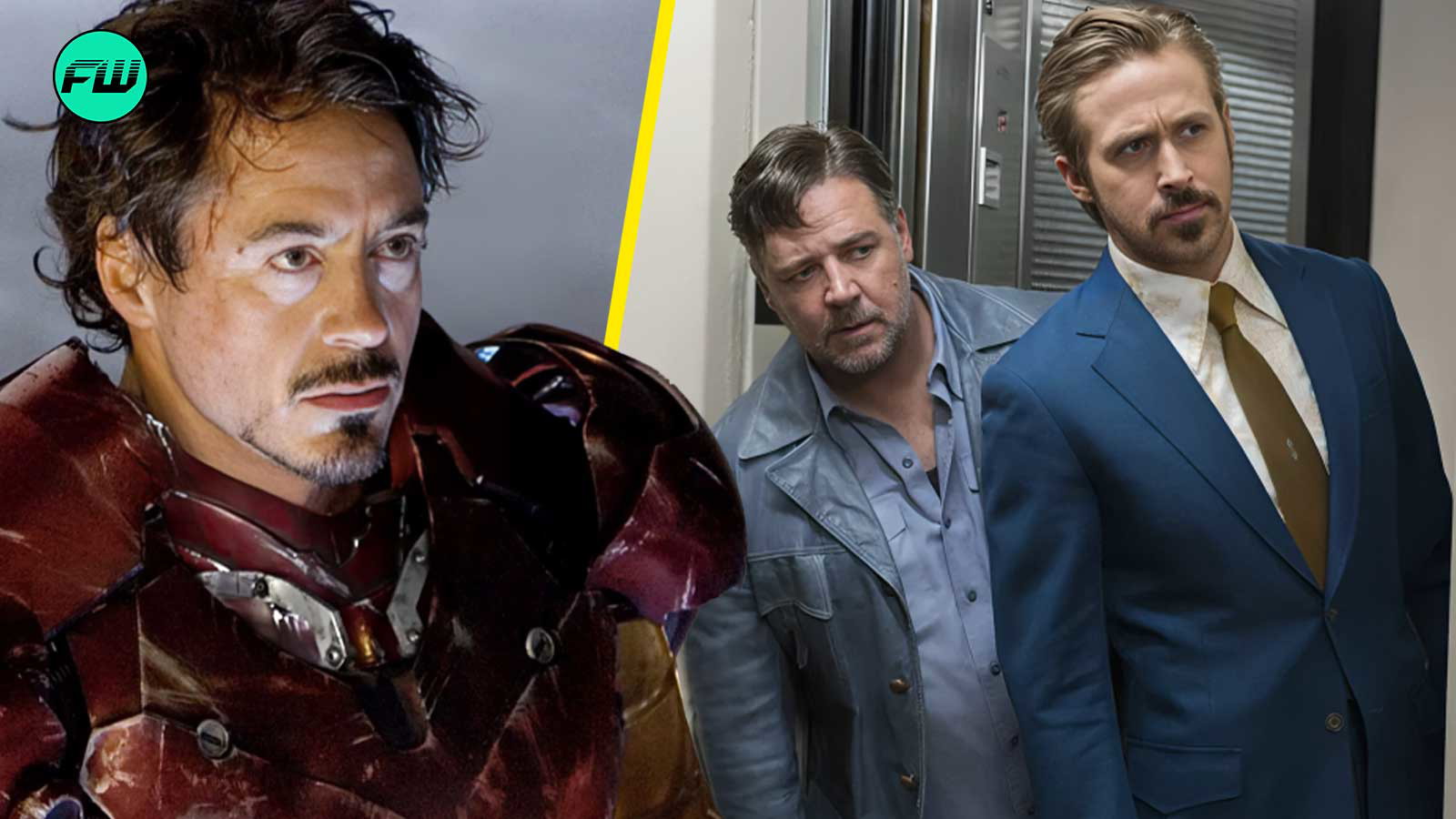


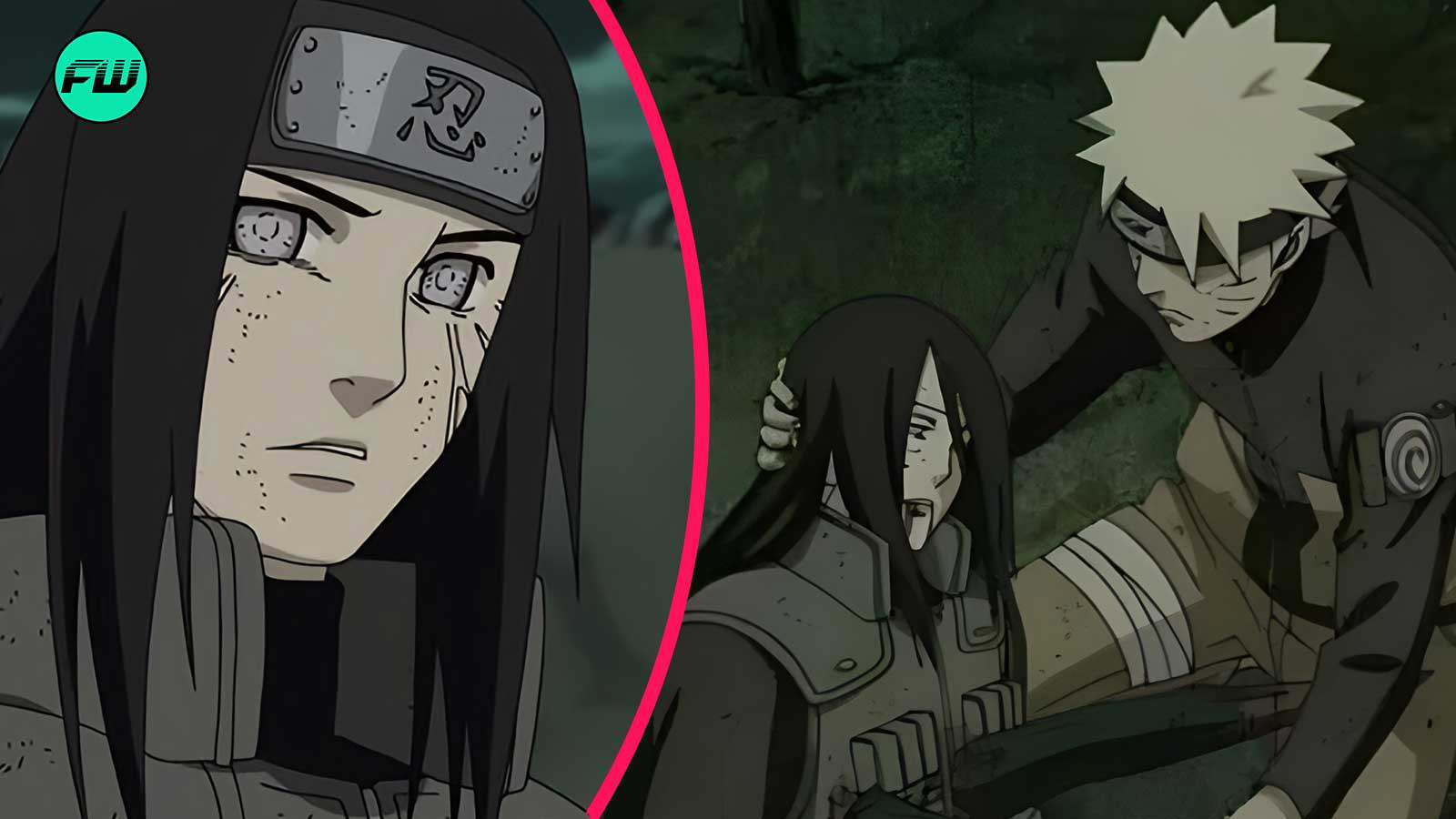







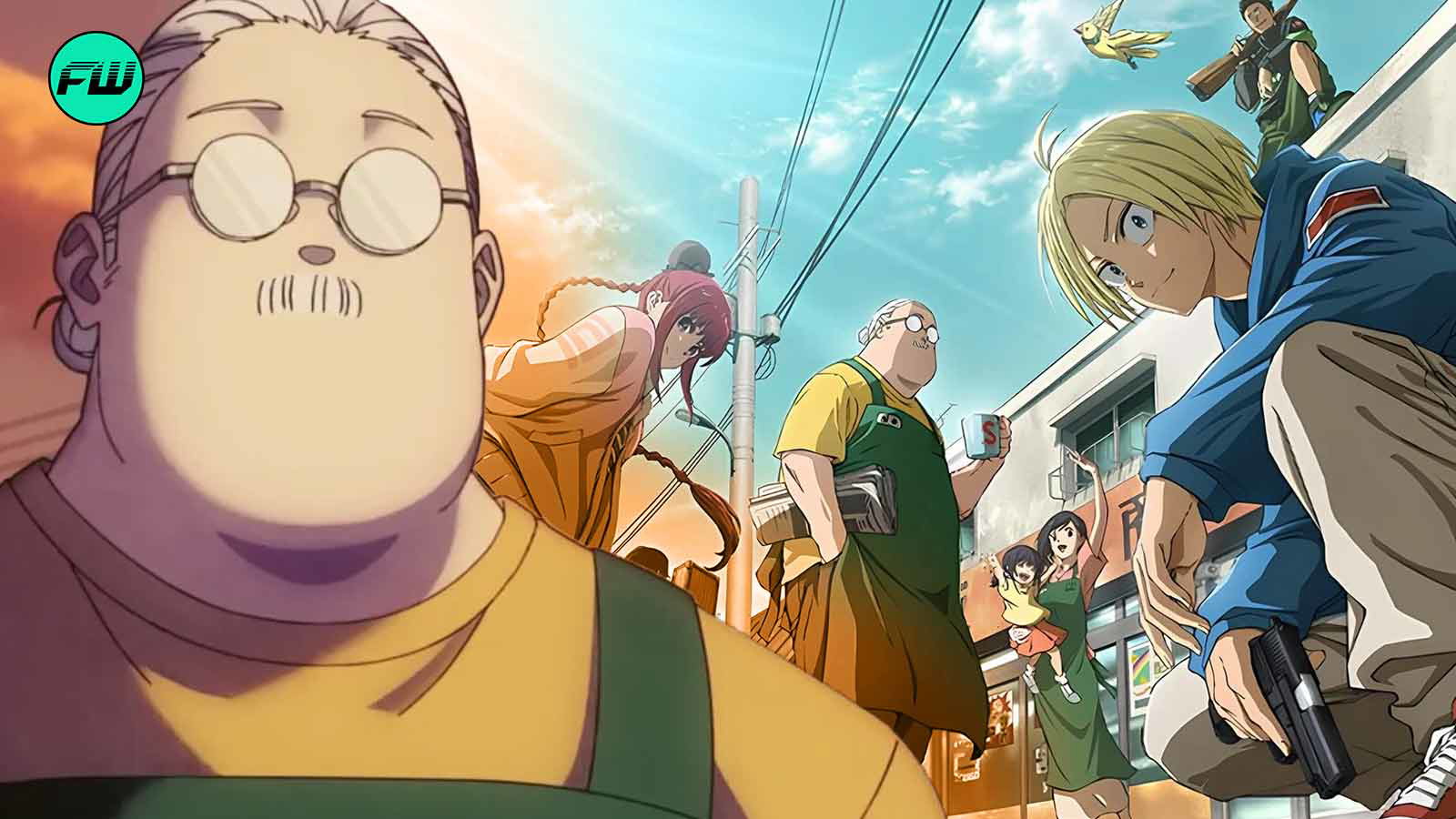






















 Bengali (BD) ·
Bengali (BD) ·  English (US) ·
English (US) ·